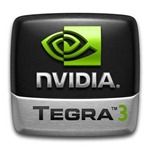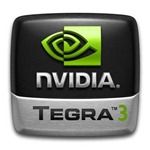By now, you've probably heard about NVIDIA's Kai platform. However, it hasn't been entirely clear what Kai actually is. Is it a tablet? Or a specific chipset? If so, can it be used in other devices? NVIDIA recently posted on its blog more details about Kai that answers those very questions, as well as touches on the possibilities of where Kai can be used.
First off, Kai is neither a specific piece of hardware, nor is it a software configuration. It's a design reference. NVIDIA wasn't pleased with the crop of low-end tablets currently on the market. Users really only have two options: spend upwards of $400 and get a device that offers a good user experience, solid performance, and a vast app ecosystem; or, spend less money and get an underpowered device with a less-than-ideal experience. With that in mind, Kai was born with the intent to bring the powerhouse performance of the quad-core Tegra 3 chip to budget-priced devices.
Like I said, Kai is a design reference. But what does that actually mean? NVIDIA describes it as a "blueprint providing the basis for future low-cost tablets with a premium experience." The Kai reference design is a 7" device with a "standard resolution" - which is 1024x600 for the 7" form factor - that utilizes low-cost PC-type memory, and "system-level innovations like DirectTouch and PRISM."
The most important thing here, though, is that NVIDIA notes the Kai platform can be altered to work well with a whole range of display sizes and resolutions. This means that a range of low-cost tablets are possible thanks to Kai - including 7.7", 8.9", 10.1", and more.
Ultimately, Kai could change the game in a big way - $200 fully-functional, useful, and powerful tablets in various sizes from a variety of manufacturers can now easily become a reality.
[NVIDIA]


